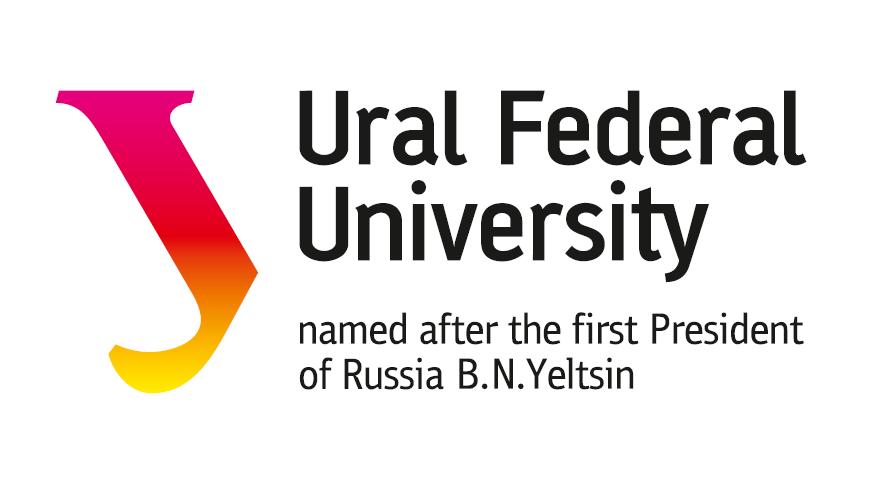Scientists of Ural Federal University Introduce a Simple Model For Oxides Chemical Deformation
Employees of the Ural Federal University, together with colleagues from the Institute of High-Temperature Electrochemistry of the Ural Branch of the Russian Academy of Sciences, came up with a simple geometric model that describes the chemical expansion of proton-conducting oxides. This process occurs with any changes in the composition of the material, for example, the sorption of water vapor from the environment. Since such compounds are very promising for creating a wide variety of electrochemical devices, it is very important to be able to predict changes in their geometric parameters during operation. The results of the work were published in the authoritative journal – Solid State Ionics.
Chemical expansion, or deformation in a broader sense, is a change in the size of a material or sample with any change in its chemical composition. This phenomenon has been known since the first half of the last century and the change in the number of point defects in the crystal lattice was named as its cause. The chemical expansion of oxides began to be actively studied when these compounds found their application in various electrochemical devices. The latter operate at high temperatures, which facilitates the exchange of oxygen and water vapor between the surrounding atmosphere and the material. This changes its composition and causes chemical expansion. Since electrochemistry is a delicate matter, even minor changes can lead, if not to breakdown, then at least to malfunction of the device.
In their work, UrFU scientists, together with colleagues, created a simple model describing the chemical expansion of proton-conducting oxides during their hydration, that is, the addition of water molecules. The approach is based on calculating the relative change in ionic radii: when water oxygen is introduced into the crystal lattice (there are special vacant positions where possible), the geometric dimensions (radii) of the ions forming it change due to the influence of “aliens”, the lattice is distorted, and at the macroscale the sample can expand. The researchers tested their model on experimental data.
The authors started with the BCN system – a perovskite-type oxide (the lattice has a cubic structure) based on calcium and barium niobate. Samples were prepared by sintering at high temperature, which is classical for ceramics. By adding different amounts of niobium and calcium, the scientists changed the number of oxygen vacancies in the perovskite lattice, that is, a kind of seats for the oxygen atom in the water. The structure of the material was investigated by X-ray powder diffraction based on X-ray deflection. After making sure that it is indeed homogeneous and corresponds to perovskite, the authors carried out experiments with a dilatometer, which records changes in the object’s dimensions, and also performed X-ray structural analysis.
“Our results show that the model can accurately predict important parameters describing the chemical expansion of BCN materials. We have also demonstrated its effectiveness for other proton-conducting oxides such as perovskite. This is just the beginning: while we cannot say what the limitations of our model are, additional experiments are needed, ”says Dmitry Tsvetkov, associate professor of the Department of Physical and Inorganic Chemistry of the Ural Federal University.

